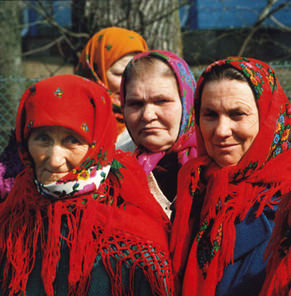Recent publications
Dialoguing with people as a radiological protection professional: lessons from Chernobyl and Fukushima
- Details
- Category: Communications
- Published: Tuesday, 08 March 2016 13:13
LOCHARD J.
FMU International Symposium: Five Years Since the Great East Japan Earthquake,Tsunami and Nuclear Crisis. 8 March 2016, Fukushima Medical University, Japan.
Abstract
The accidents of Chernobyl and Fukushima highlighted the difficulty for experts to communicate with the affected population. Scientific information and technical explanations are not able by themselves to restore confidence of those whose autonomy has been severely amputated by the sudden irruption of radioactivity in their daily lives. It is only by establishing a process of regular dialogue between experts and local communities that it is possible to gradually restore confidence through the development of a practical radiological protection culture allowing everyone to make informed decisions to protect oneself taking account of the prevailing local circumstances.
The aim of the presentation is to draw lessons of 20 years of dialogue experience with people living in contaminated areas, first in Belarus and then in Japan. This experience highlighted the key role of listening to the concerns and questions of the people, and also of the use of common language and narrative to share and convey information and know-how.
From the standpoint of radiological protection, the dialogues have demonstrated the importance of starting from the source of exposure and of relying on individual measurements for the people to understand where, when and how they are exposed and what can they do to protect themselves. The dialogues have also demonstrated the effectiveness of sharing the results of measurements between the members of a community to reveal the rooms for maneuver to control individual exposures. On a more general level, the experience of dialogues in Belarus as in Japan has helped to clarify what role radiological protection experts and professionals have to play in post-accident situations.
(A1258)

 CEPN is a non-profit organisation created in 1976 to establish a research and development centre in the fields of optimisation of radiological protection and comparison of health and environmental risks associated with energy systems.
CEPN is a non-profit organisation created in 1976 to establish a research and development centre in the fields of optimisation of radiological protection and comparison of health and environmental risks associated with energy systems.
